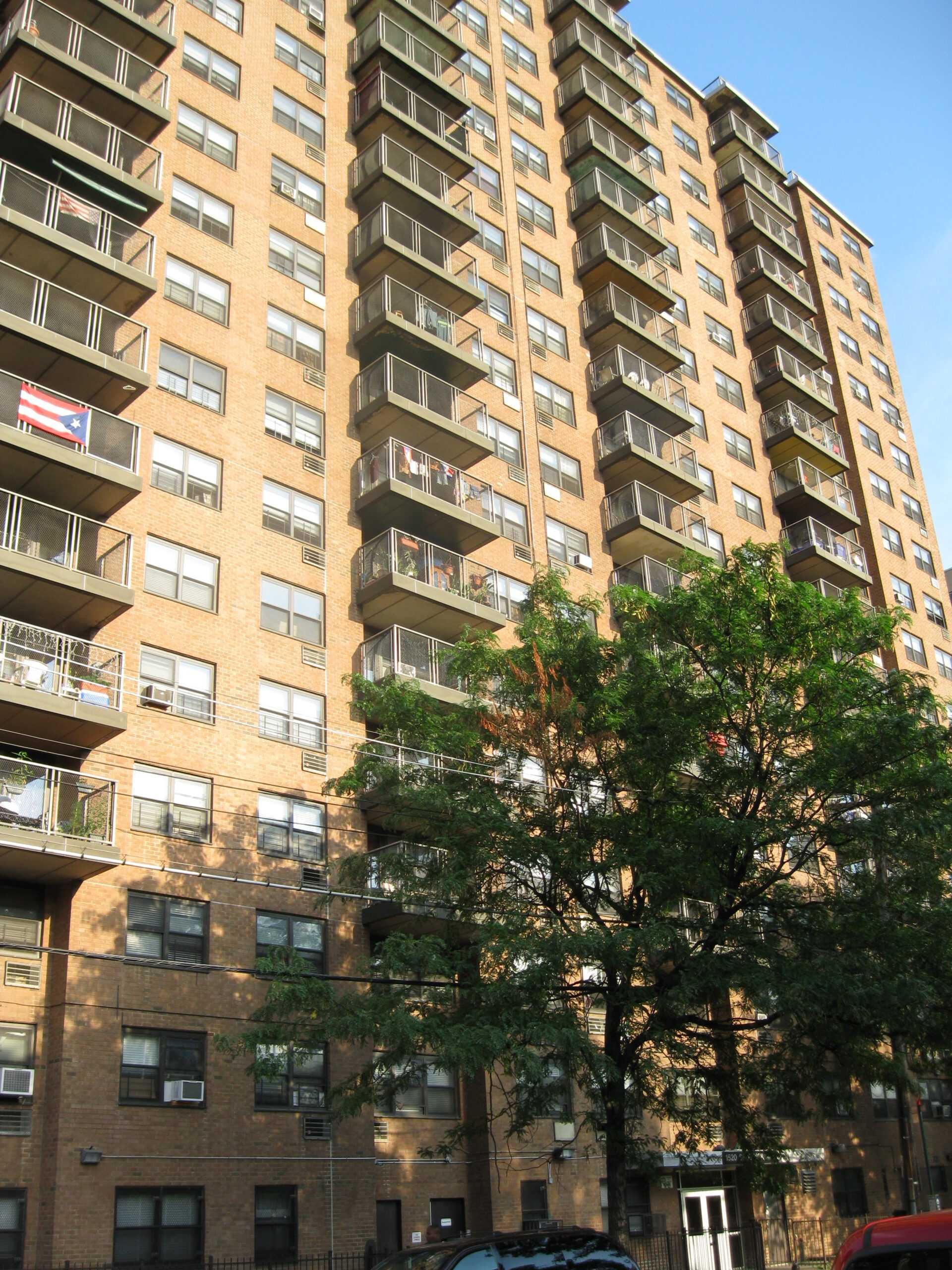To meet ambitious climate goals, leading local and state governments are adopting ambitious building performance standards (BPS) that require building owners to make substantial capital investments in their properties. In affordable multifamily buildings, these costs could threaten the viability of owners’ operations, result in financial burdens for low-income residents, and disproportionately impact communities of color, exacerbating economic and racial inequities. To avoid burdening these parties, jurisdictions could exempt affordable housing from energy performance policies; however, this approach accepts status quo energy waste and carbon emissions and prevents low-income residents from enjoying the benefits of lower utility bills, enhanced comfort, and improved air quality, potentially deepening existing inequities. The best outcome is a thoughtfully-designed building performance policy that provides energy savings while also containing provisions to minimize impact on housing affordability.
To understand the risks of BPS to affordability, IMT and Firefly Consulting, analyzed the multifamily affordable housing stocks of three U.S. cities
To understand the risks of BPS to affordability, IMT and Firefly Consulting, analyzed the multifamily affordable housing stocks of three U.S. cities of various sizes in different climate zones. The methodology follows that developed by the National Housing Trust in their paper, “Recommendations for Implementing the District’s Building Energy Performance Standard in Affordable Multifamily Housing.” The analysis suggests that nearly all subsidized multifamily units in the cities we looked at would eventually be impacted by a BPS as the square footage threshold decreases. However, subsidized housing units comprise only a fraction of the cities’ total multifamily affordable housing. It is the unsubsidized or “naturally occurring” affordable housing (NOAH) stock that is left out of the potential benefits from efficiency investment. It is therefore critical that jurisdictions and policy makers engage meaningfully with owners and tenants of NOAH to ensure both an inclusive policy design and also adequate support resources are allocated.
It is the unsubsidized or “naturally occurring” affordable housing (NOAH) stock that is left out of the potential benefits from efficiency investment.
Specifically, we recommend that jurisdictions wishing to enact building performance policies must first estimate risks to housing affordability by quantifying and analyzing their housing stock. This is challenging because:
- Policy-makers need to segment the number of buildings and units by affordable housing categories, and examine the effects under each possible policy scenario.
- The NOAH segment is particularly difficult to quantify as it is there are no central tracking or monitoring mechanisms, like there are in the subsidized market.
- There are critical differences in how subsidized and unsubsidized properties operate.
- The complexity of the financial arrangements for many of these buildings make it so that owners may only be able to make investments during limited times when refinancing occurs.
…even in jurisdictions without better data, it is possible to do such an analysis to gain an order of magnitude understanding of the housing stock that may be at risk
Our report shows, however, that even in jurisdictions without better data, it is possible to do such an analysis to gain an order of magnitude understanding of the housing stock that may be at risk. By replicating NHT’s DC methodology in three different U.S. cities, we hope to show that this approach can be useful in different geographic areas, thereby reducing the burden on policy-makers and improving policy outcomes. With a more nuanced understanding of local affordable housing, jurisdictions can design policies that appropriately protect owners of and residents in affordable homes, and prevent displacement, cost hikes and other inequities, while also upgrading buildings in ways that benefit owners, residents, and the communities most vulnerable to climate change.
For more information on what we did and recommendations for the suite of potential tools to better support Multifamily Affordable Housing in the context of building performance policy, read our recently released ACEEE Summer Study Paper.
Our partners at ACEEE and the National Housing Trust have also released a complimentary paper that analyzes how the current building performance policies on the books treat the affordable multifamily market and additional solutions.

